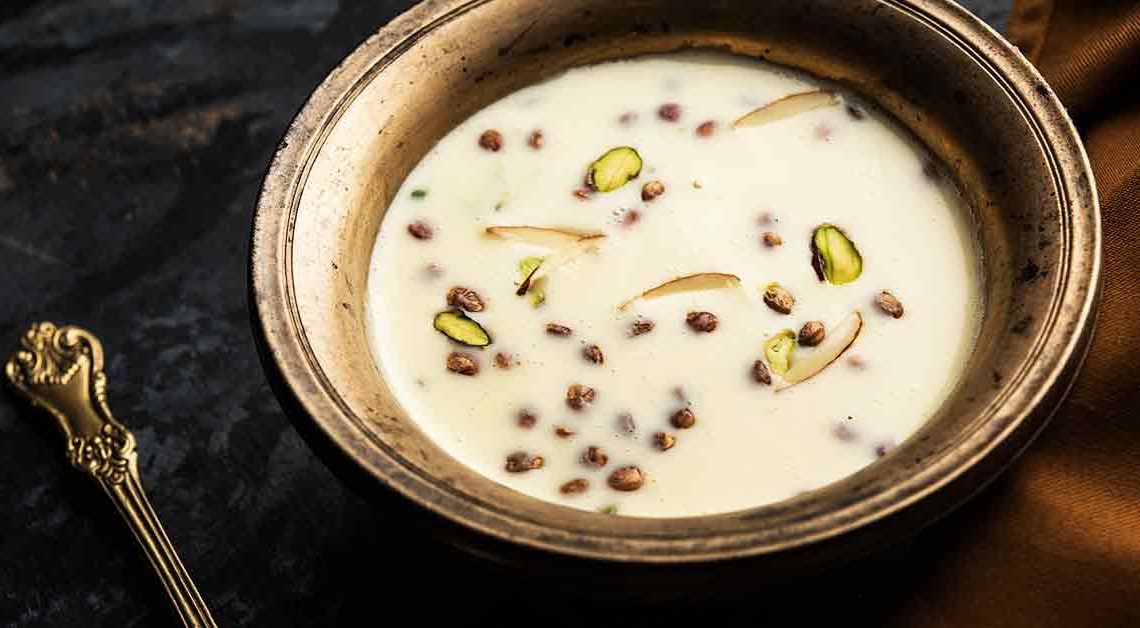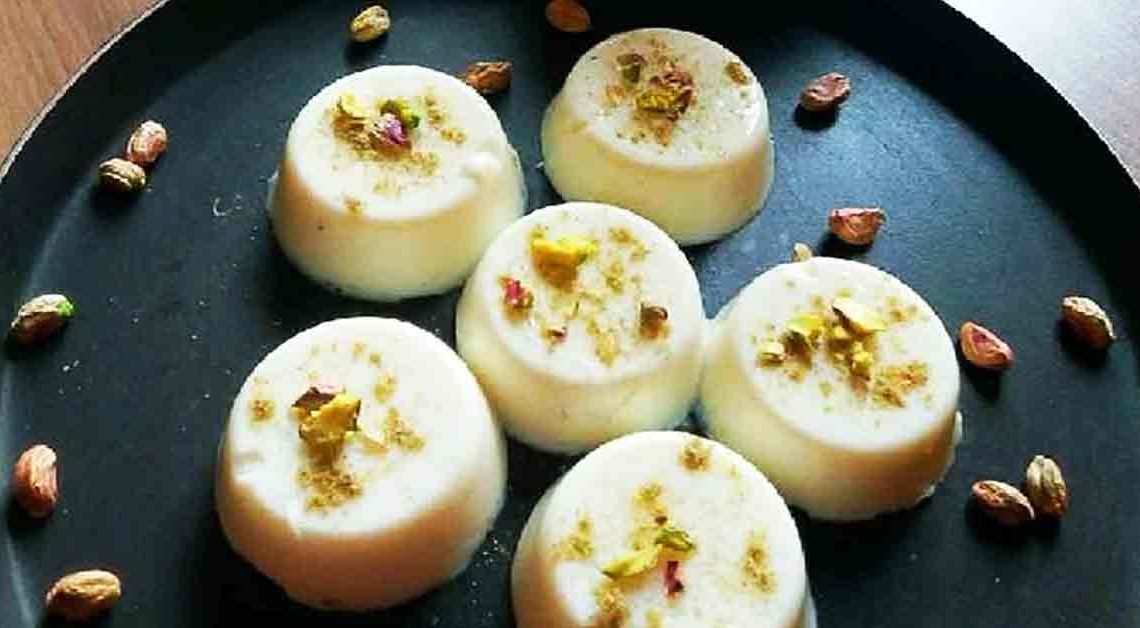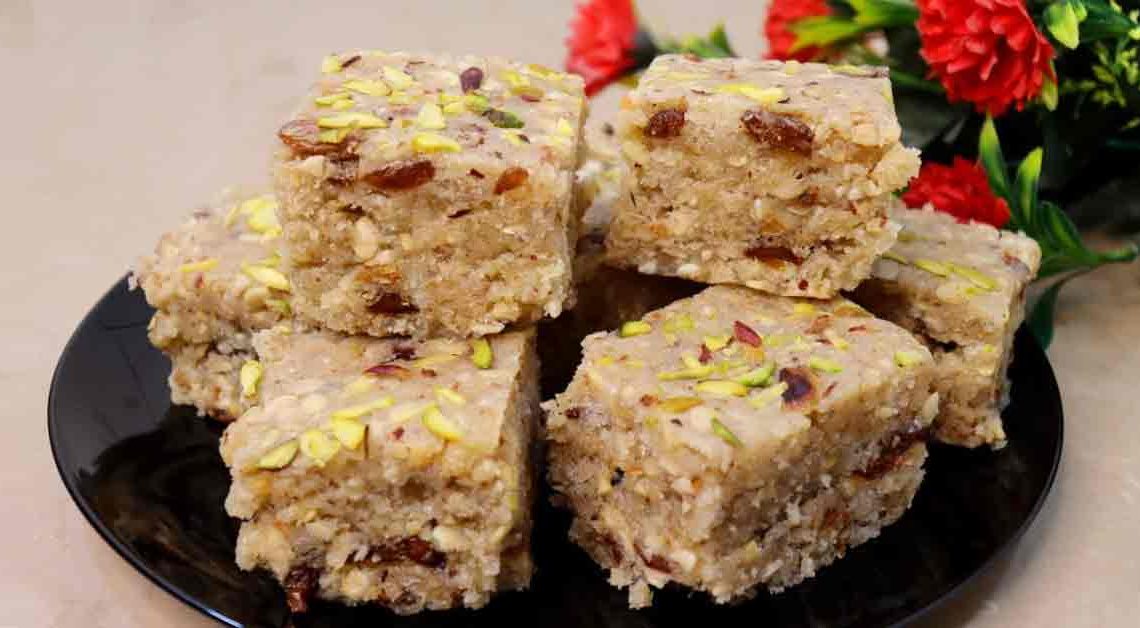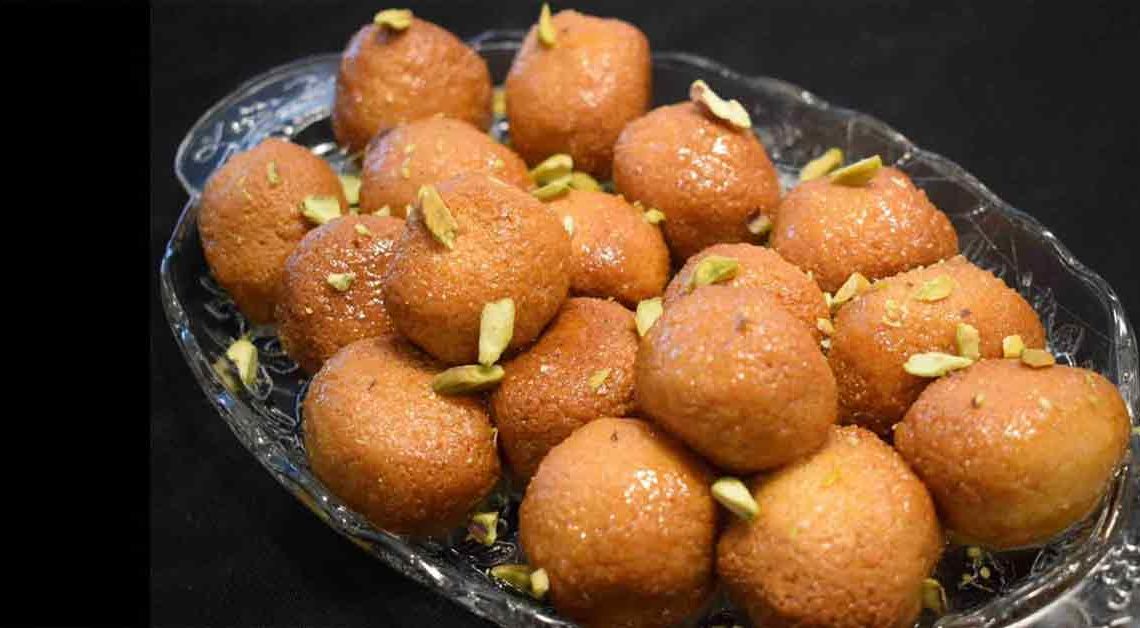Indulging in Creamy Charms of Indian Dessert: Basundi

Welcome to Mithainama!, your ultimate destination to explore the velvety indulgence that is Basundi. Join us on a captivating culinary journey as we delve into the heartwarming tales and delightful flavors that this traditional Indian dessert brings to life.
Imagine a luscious concoction of milk, saffron, and nuts, slow-cooked to perfection, emanating an aroma that instantly transports you to the bustling streets of India’s sweet shops. Basundi, a treasure trove of flavors, encapsulates the essence of festivities, celebrations, and the shared joy of generations.
As we navigate the history we uncover its roots in the rich tapestry of Indian culture, tracing back centuries when it was savored by royalty and commoners alike. From its origins as a royal indulgence to becoming an integral part of festivals and family gatherings, it has woven itself into the fabric of Indian traditions.
Get ready to tantalize your taste buds and stir your curiosity, as we dive headfirst into the world of Basundi – where tradition meets innovation, and every spoonful unravels a story of sweetness, warmth, and time-honored flavors.
Origin of Basundi
Basundi, a rich and delectable Indian dessert, has its origins deeply rooted in the culinary heritage of the western states of India, particularly Gujarat and Maharashtra. This traditional sweet dish holds a special place in the hearts of Indians and is often enjoyed during festive occasions and celebrations.
The word “Basundi” is derived from the Marathi word “basundhi,” which means something that is soft or luscious. This aptly describes the texture and taste of the dish – a thickened and condensed milk preparation that’s luxuriously creamy and indulgent.
Historically, it was a delicacy that was relished by the royalty and the aristocracy in the regions where it originated. Over time, it found its way into homes and became a popular treat during festivals, weddings, and other special occasions. The slow and patient process of reducing milk to achieve the desired consistency gave it its distinctive taste and texture.
History of Basundi
The history is deeply intertwined with the cultural and culinary heritage of western India, particularly the states of Gujarat and Maharashtra. This indulgent dessert has evolved from a royal delicacy to a cherished part of Indian festivals and celebrations.
It is believed to have originated in the region that is now Gujarat and Maharashtra, possibly during the medieval era. It was initially enjoyed by royalty and aristocracy as a luxurious dessert. The slow and meticulous process of reducing milk to achieve the desired thickness and richness reflected the opulence of the dish. The association with wealth and indulgence contributed to its reputation as a treat fit for kings and queens.
Over time, the popularity extended beyond the royal courts and became an integral part of festive traditions. It is commonly prepared during celebrations such as Diwali, Navratri, and weddings. Its presence on special occasions symbolizes abundance, joy, and shared moments of togetherness.
Cultural Significance
Basundi holds a profound cultural significance in Indian traditions, particularly in the states of Gujarat and Maharashtra. This rich and creamy dessert is more than just a treat; it’s a symbol of celebration, abundance, and the deep-rooted connections that bind families and communities together.
Festive Delight: It is closely associated with festive occasions and celebrations. It is a quintessential part of festivals like Diwali, Navratri, and weddings. Its presence on the dining table during these special times symbolizes prosperity, joy, and the festive spirit.
Religious Offerings: In Gujarat and Maharashtra, it is often offered to deities during religious rituals and prayers. Its inclusion in religious offerings reflects devotion, reverence, and the tradition of presenting the best to the divine.
Family Bonding: The preparation often involves the whole family, turning it into a collaborative and bonding experience. Elders pass down their recipes and techniques to younger generations, fostering a sense of continuity and keeping cultural heritage alive.
Where is Basundi Famous?
Basundi is particularly famous in the western states of India, primarily Gujarat and Maharashtra. These regions have a deep cultural connection and it is an integral part of their culinary traditions and festive celebrations.
Gujarat: It is immensely popular in Gujarat, where it is considered a specialty dessert. It is often enjoyed during festivals like Navratri, Diwali, and other important occasions. In Gujarat, it is prepared with variations in flavor and presentation to suit the local palate.
Maharashtra: Similarly, it holds a significant place in Maharashtrian cuisine. It is enjoyed during festivals, weddings, and family gatherings. Maharashtrian Basundi is often flavored with saffron, cardamom, and nuts, giving it a distinctive aroma and taste.
While Basundi’s popularity is most pronounced in Gujarat and Maharashtra, its reputation has spread to other parts of India and even beyond. People from various regions who appreciate Indian cuisine might also relish the creamy goodness of dessert. Additionally, with the diaspora of Indian communities, it has found its way into global Indian restaurants and culinary events, introducing its flavors to diverse audiences.
In essence, its fame extends beyond its geographical origins, making it a celebrated dessert that resonates with people who value traditional flavors and culinary heritage.
Interesting Facts and Trivia
Certainly! Here are some interesting facts and trivia related to Basundi:
- The secret to Basundi’s creamy texture lies in its slow-cooking process. Milk is simmered for hours, allowing it to naturally thicken and develop its rich consistency.
- While the classic sweet recipe is popular, there are regional and creative variations. Some versions might incorporate fruits, like mango or banana, to add a refreshing twist to the traditional flavor.
- The consistency can vary from slightly runny to thick and creamy, like rabri depending on personal preferences and regional variations.
- With the popularity of Indian cuisine, it has gained recognition beyond India’s borders. It’s increasingly found on international Indian restaurant menus, introducing its unique flavors to global food enthusiasts.
- Basundi’s popularity extends to community gatherings and events. It’s often served in temples and during social functions, showcasing its role in fostering unity and camaraderie.
Did You Know?
Did You Know? Basundi, the velvety Indian dessert cherished for its creamy texture and aromatic flavors, not only delights your taste buds but also offers surprising health benefits.
- It is made from milk, a natural source of calcium that supports strong bones and teeth. A serving of Basundi contributes to your daily calcium intake, promoting skeletal health.
- Milk used in it is rich in high-quality protein, essential for tissue repair and muscle maintenance. Including sweets in your diet provides a delicious way to meet your protein needs.
- The carbohydrates present provide a quick and sustained energy source. Enjoying it during festive celebrations can keep you energized and active throughout the festivities.
- The addition of saffron, cardamom, and nuts infuses Basundi with antioxidants, vitamins, and minerals. These components contribute to overall well-being and support the body’s immune system.
- The soothing and creamy texture can have a comforting effect on digestion. Its mild spices like cardamom aid in digestion and alleviate discomfort.







